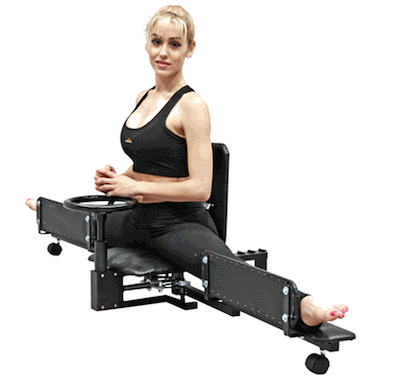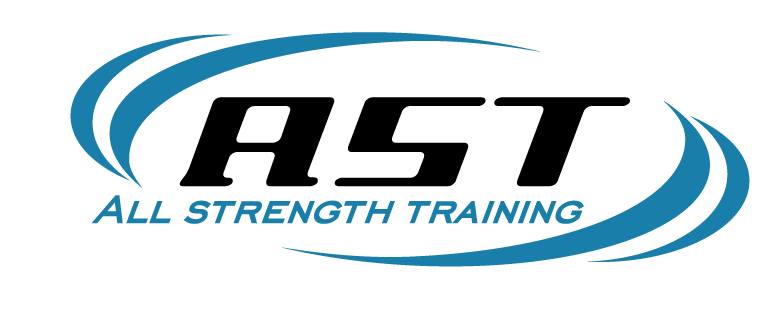Desk Jockey Warm-Ups Part 1: Hips & Spine
For most of us, the pre-workout warm-up routine is one of those things that we know we’re supposed to be doing but isn’t taken seriously until it starts to be a problem – kind of like flossing your teeth, balancing your checkbook, sorting your laundry, and pretty much anything else your mom has ever yelled at you for not doing ever. (Sorry mom!) But just like when you’ve accidentally dried your favorite Billy Joel t-shirt one too many times and shrunk it into a halter top, you start paying attention to your mom (or your trainer – if we can be honest it’s basically the same thing) when little aches and pains start to accumulate and you’re reminded of the importance of a good warm-up.
Warming Up vs. Stretching
Warming up is good. Stretching is also good. However, stretching, specifically static stretching, or the kind where you lay on the ground and sort of haphazardly attempt to touch your toes while also live-tweeting your disdain for the guy doing pushups on literally every piece of equipment in the gym even the ones people are already using FFS is not warming up, and in fact can be at best unproductive, at worst it can be problematic.
Long static stretches are best done once there is some blood circulating in the target muscle, and based on a combination of the available science and our own experiences working with clients who were not born with the last name “Van Damme”* we’ve found that there is a logical sequence you should follow.
*Yes, I know that even Van Damme wasn’t born with the last name Van Damme – save it for your local 90’s Action Hero Trivia Night thank you very much.
Self-myofascial release (SMR) –> dynamic warm-up –> planned exercise –> static stretching
Stage 1: Self-Myofascial Release (SMR)
IF NECESSARY, begin with self-myofascial release techniques using tools such as a foam roller or lacrosse ball. Not everything needs to be foam rolled before a workout, or in general – myofascial release is simply there to calm down the muscle tone in overactive areas and it works by maintaining pressure long enough in one spot for your nervous system to tell that muscle to chill out and let some of the tension go. If you want a more elaborate explanation of what foam rolling does, I highly recommend checking out Dr. John Rusin’s article for a thorough breakdown.
After foam rolling (if necessary – not everybody needs it), then you can move onto the next stage – the dynamic warm-up.
Stage 2: Dynamic Warm-up
A dynamic warm-up routine serves two purposes – increasing active range of motion (range of motion you can accomplish yourself without having to be forced into it) and getting blood into the working muscles. Dynamic warm-ups are typically done for multiple repetitions at a faster speed and serve to warm up the muscles as well as prepare the joints for use. Important to note is that there are multiple degrees of “faster”, and for most of you reading this I’m going to make a judgment call and say “no, not that fast – you look ridiculous.”
A simple, rhythmic back and forth motion is typically going to be perfect – if you go too fast you’re just going to end up hurting yourself and having to stop before you even get started.*
*Editor’s note: That’s what she said.
Stage 4: Static Stretching
You are correct, I did skip right past stage 3, because that’s the actual exercise portion of your day, whether it be strength training, cardiovascular training, sport training, or whatever activity it was that gave you a reason to warm up in the first place. So we’ll skip to static stretching.
In general, static stretching works well at the end of training sessions because all of your tissues are already warm and pliable and you can get into a better stretch from the very beginning, making this a more time-effective placement. However, there can be some value in working in some static stretching during your workout if you’re strength training, usually placed between sets during a rest break.
One of the often-cited reasons to save static stretching is that it’s been shown to reduce strength, speed and power in several studies, which could be an issue if you’re training specifically for strength, speed or power – in those cases you may want to consider reserving your static work for exclusively post-workout.
However, if you consider yourself more parts George Costanza than Usain Bolt, incorporating static stretching during workouts can be valuable – especially if you’re stretching a muscle that’s getting in the way of you being able to perform an exercise correctly but isn’t the muscle you’re specifically trying to train. For example, if we have somebody trying to perform a dumbbell row but are unable to do it correctly because an extremely tight chest is making it impossible for them to assume the correct posture, then we may incorporate some chest stretches in between sets of rows.
Warm-Ups for Hips and Spine
Now that we’ve pieced together the different components of the warm-up, let’s put it together and create a warm-up plan that addresses lower body movement, specifically the hips and the spine.
Stage 1: Self-myofascial release
I love this sequence with a lacrosse ball simply because it increases the flexibility in the hamstrings without ever addressing the hamstrings directly. Want to understand why? Watch the video, that’s the whole reason it’s there. I remember showing this sequence to my parents who own several martial arts schools and seeing my dad immediately go from getting his fingertips to his knees to almost touching the floor in about 5 minutes, making him almost regret listening to Chuck Norris and buying one of these:

Stage 2: Dynamic Warm-Up Routine
Now that we’ve addressed that, we can move into some dynamic warm-ups. This first one addresses the entire hip capsule – since it’s a ball and socket joint with 360 degrees of movement, we want to move several different ways to hit the entire complex.
Then we’ll move on to address the thoracic spine – the middle part of your spine that runs the length of your ribcage and is not done any favors by the 21st century tendency to spend multiple hours a day slouched over a desk and computer with just, the worst posture your grandmother could ever imagine. These two movements address both thoracic extension and thoracic rotation, which are two things your spine is supposed to have and yours probably doesn’t, so just trust me on this already and do them. For your grandmother.
Next time we’ll create an upper body warm-up routine for the shoulders and shoulder girdle. Let us know if there are any other warm-up areas you’d like to see covered in the comments!

One Comment